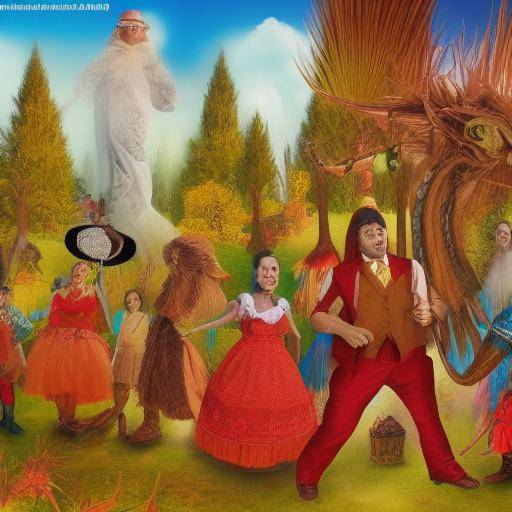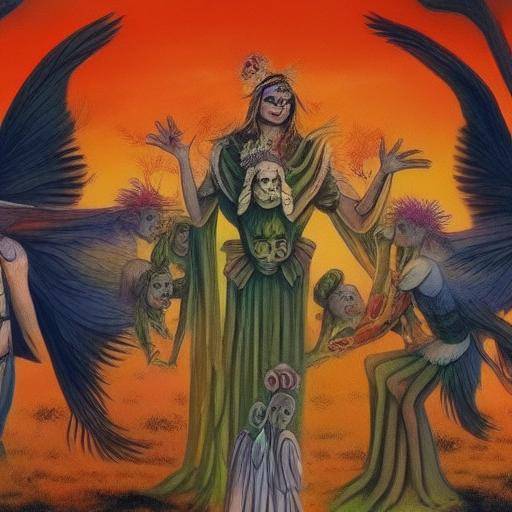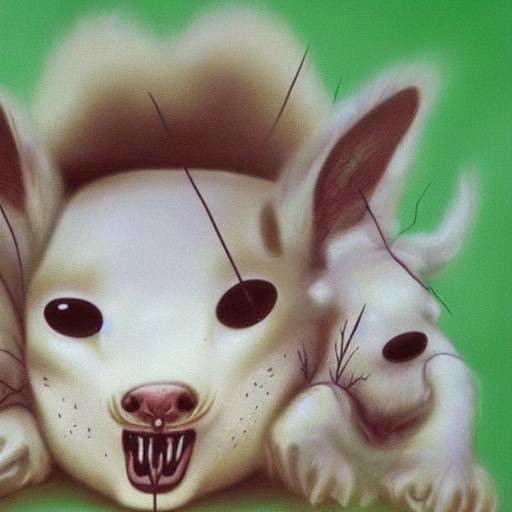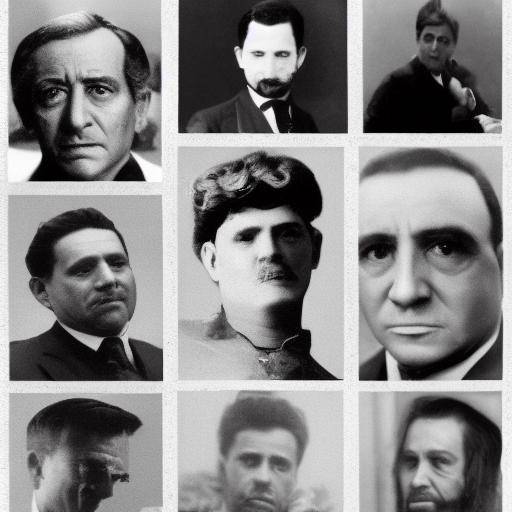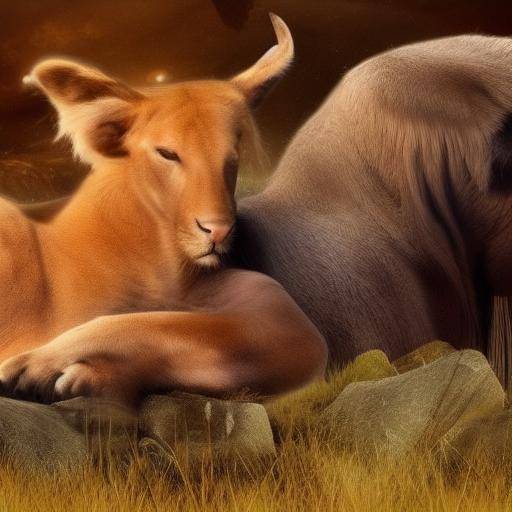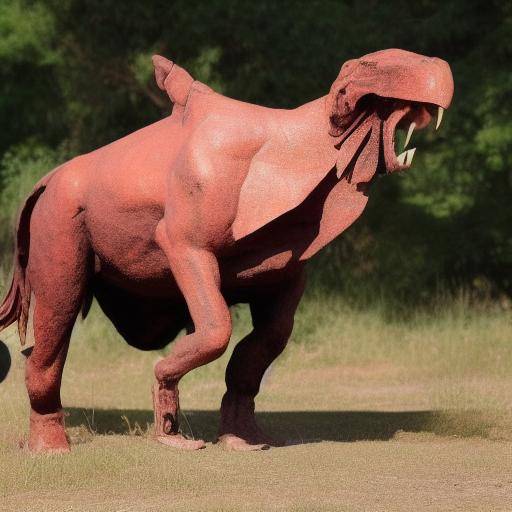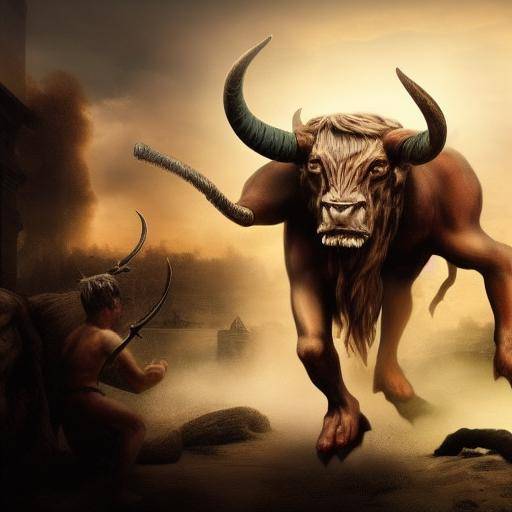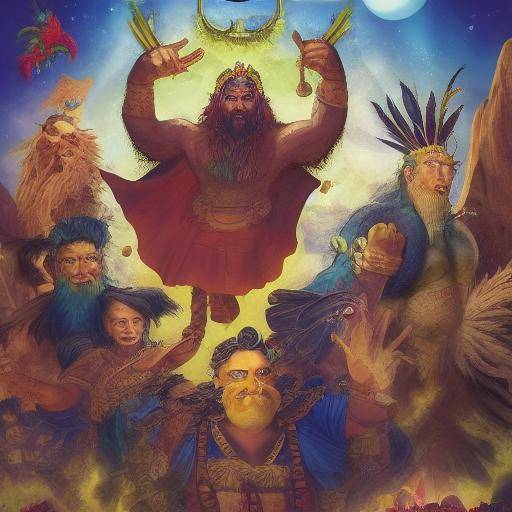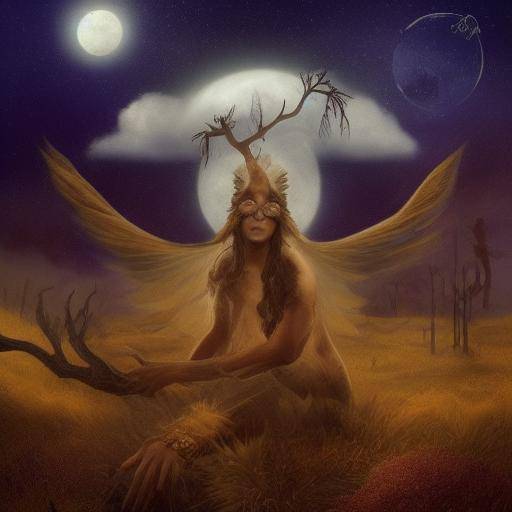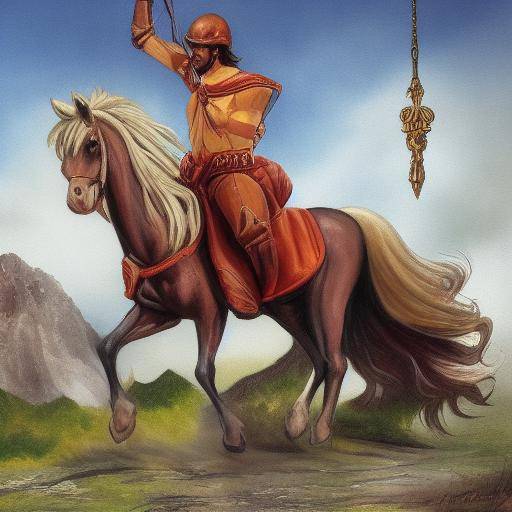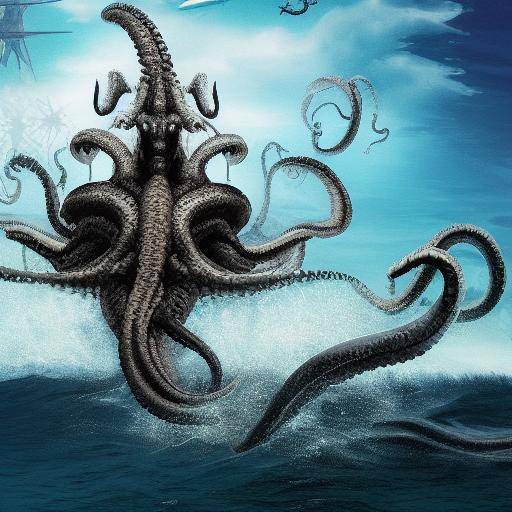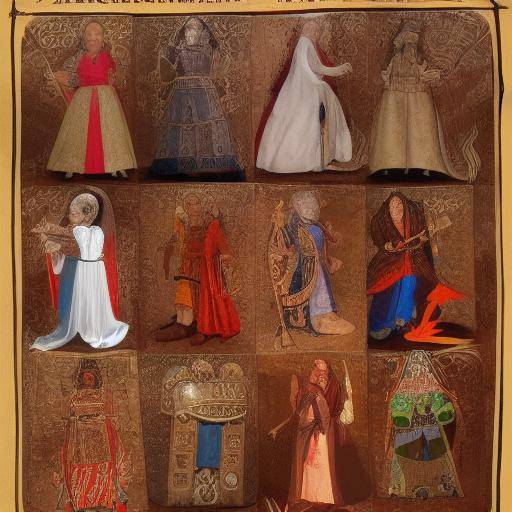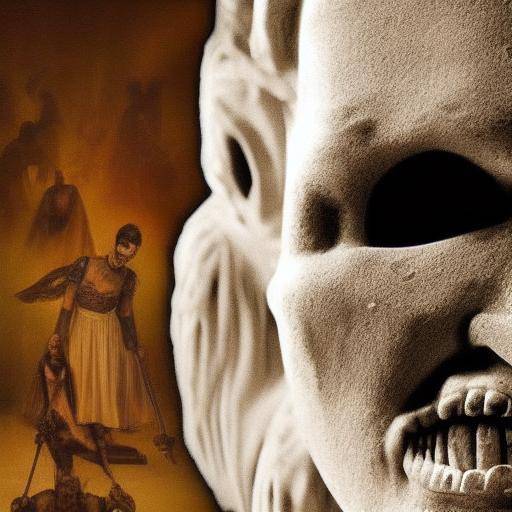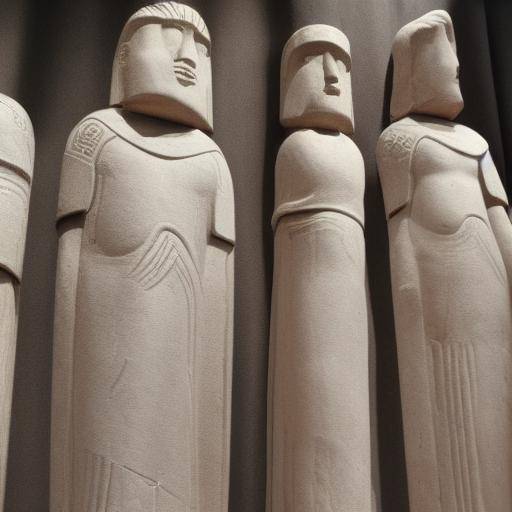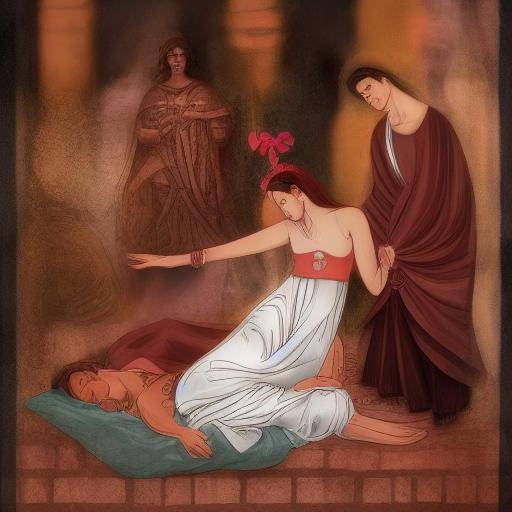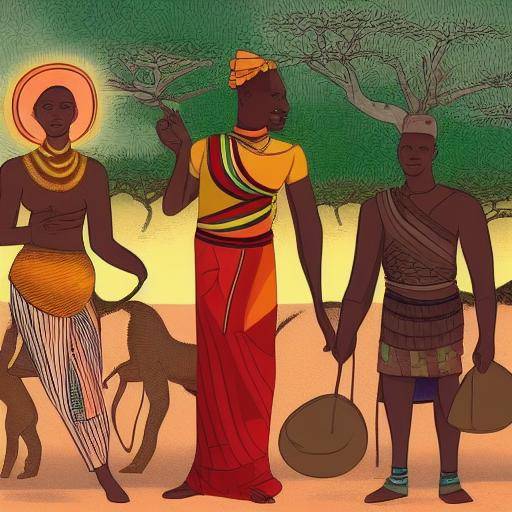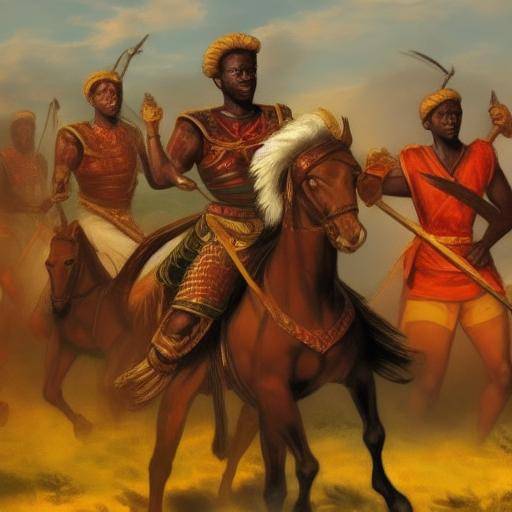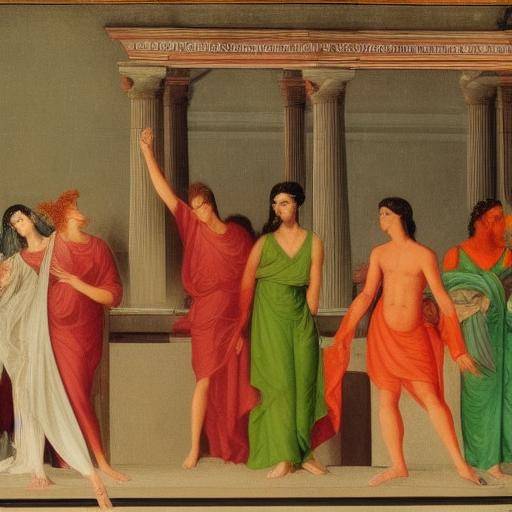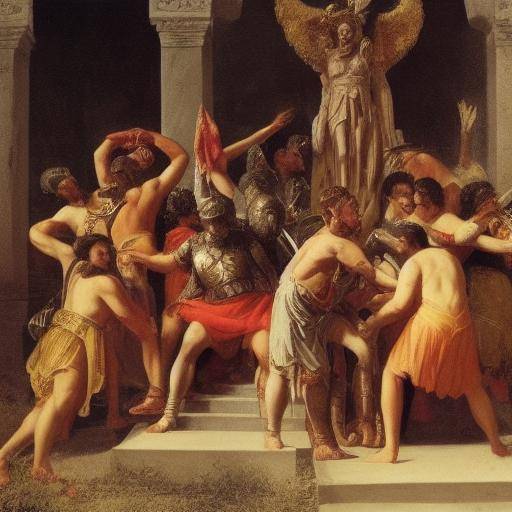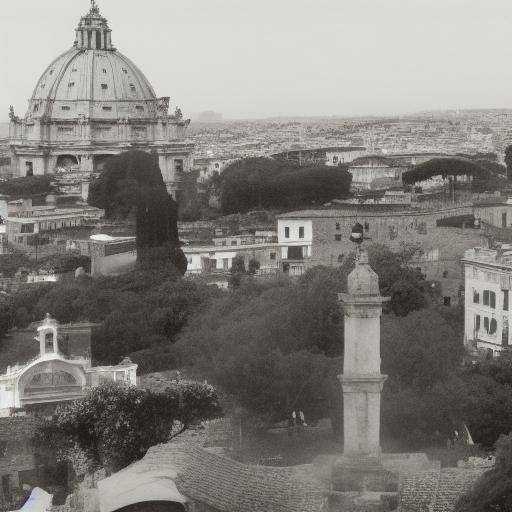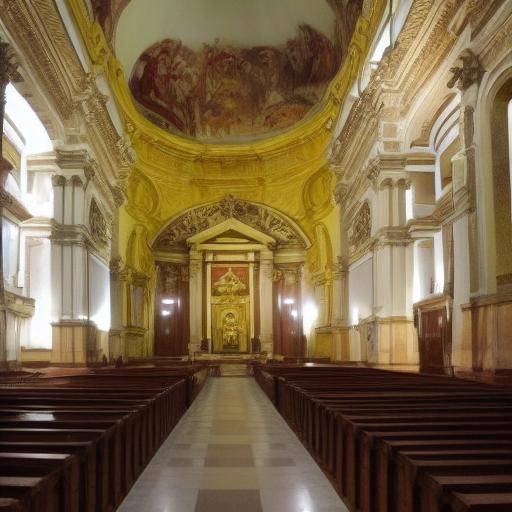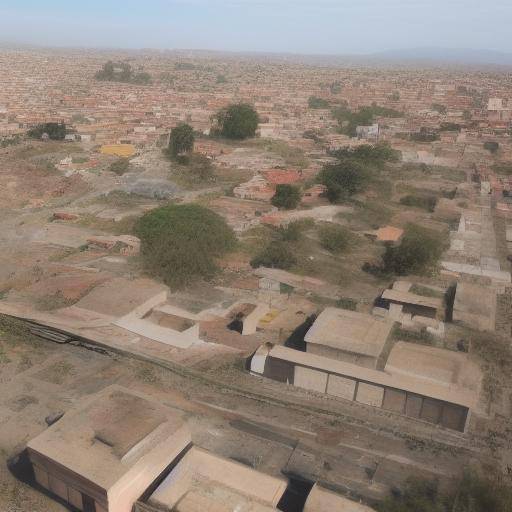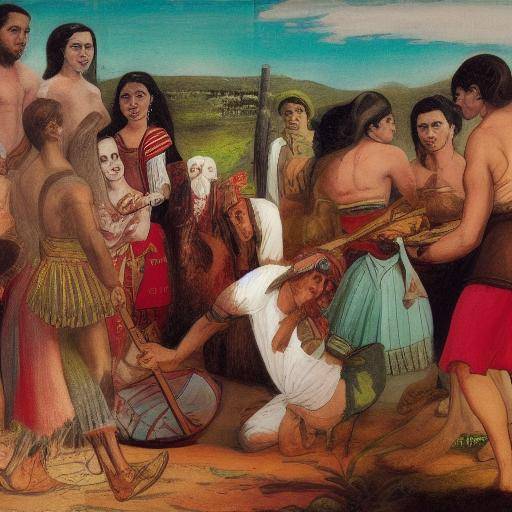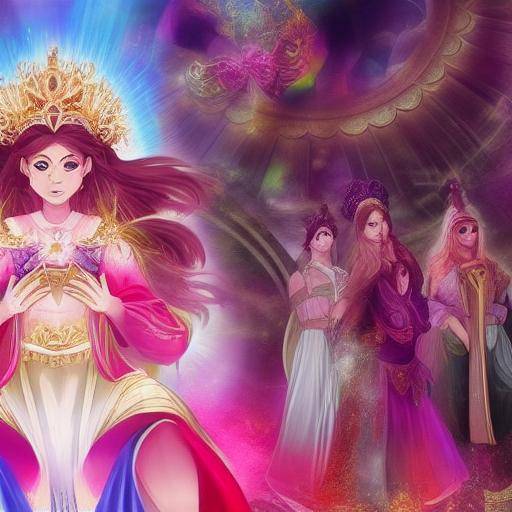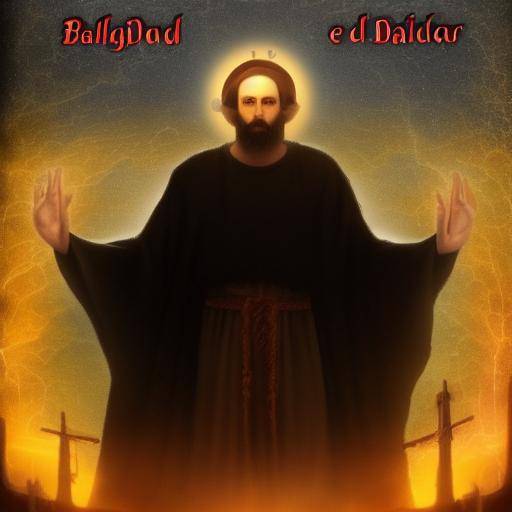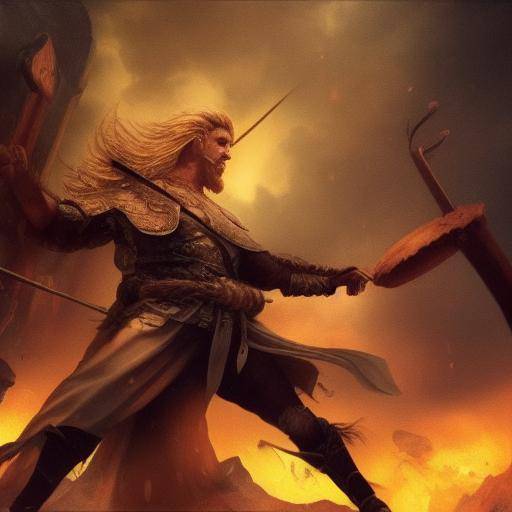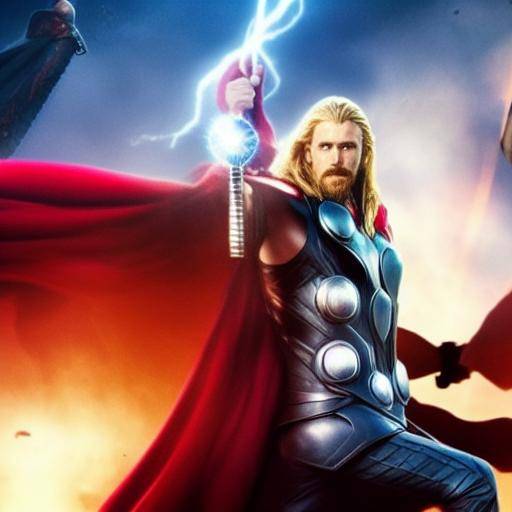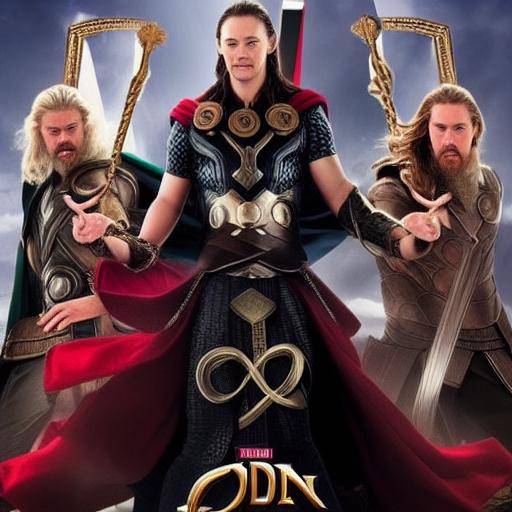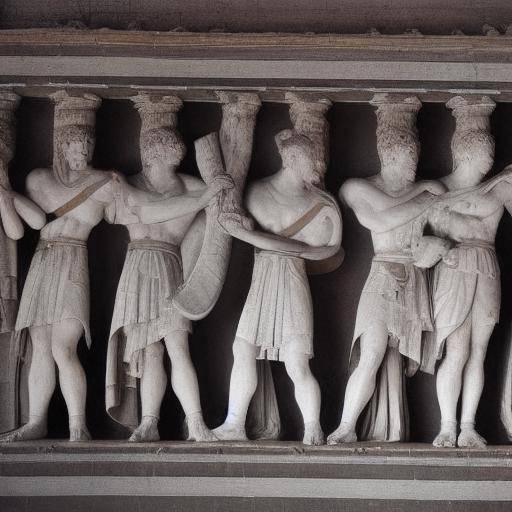
Roman mythology is a fascinating fabric of narratives, beliefs and symbols that have endured over the centuries. The symbols and emblems associated with Roman mythology have not only captured the imagination of generations, but have also left an indelible mark on history, art and culture. In this article, we will thoroughly explore the meaning of symbols and emblems in Roman mythology, offering a detailed look at its origins, its role in Roman society, as well as its relevance today.
Introduction
Roman mythology, heir to Greek mythology, is rich in symbols and emblems that represent gods, heroes, mythical creatures and significant events. These symbols were not only decorative elements; they also had a profound religious, political and cultural significance. In this article, we will explore in detail some of the most iconic symbols of Roman mythology, its meaning and its impact on the society of the time.
History and Background
Roman mythology developed over several centuries, merging elements of previous cultures and absorbing influences from surrounding civilizations. The symbols and emblems that emerged from this mythology were both tangible representations of religious beliefs and expressions of cultural identity.
The imperial eagle is an emblematic symbol of Roman mythology. It represented the power and authority of the Roman Empire, being used as a banner in battle and as a badge in monuments and imperial buildings.
The capitoline wolf is another crucial symbol in Roman mythology. The legend of Rhomulus and Remo, raised by a wolf, became the symbol of the mythical foundation of Rome. This symbol not only inspired works of art and literature, but also became an emblem of Roman identity.
Deep analysis
The study of symbols and emblems in Roman mythology allows us to understand not only the religious beliefs of ancient Rome, but also its vision of the world and its worldview. The symbols were not only static elements; they also evolved as Roman society changed, reflecting its values, aspirations and fears.
Some emblems, such as the capitolin wolf, became fundamental parts of the collective imagination, providing a tangible connection to the mythical past of Rome and serving as a reminder of the greatness and legitimacy of the empire.
Comprehensive review
The impact of symbols and emblems of Roman mythology on contemporary culture is undeniable. While many of these symbols have lost their original religious meaning, they remain recurring elements in art, literature and popular culture.
The persistence of these symbols in collective consciousness is a testimony of the lasting ability of Roman mythology to captivate and fascinate later generations.
Comparative analysis
By comparing the symbols and emblems of Roman mythology with those of other mythological traditions, there are interesting similarities and contrasts. While some emblems can share similar meanings in different cultures, others are completely unique to Roman mythology, reflecting their uniqueness and symbolic wealth.
Practical Tips and Recommendations
For those interested in exploring more deeply the symbols and emblems of Roman mythology, it is recommended to visit museums and archaeological sites where related artifacts are displayed. Diving into the iconography and symbolism of ancient Rome is an enriching experience that allows a deeper understanding of its culture and worldview.
Conclusions and FAQs
In conclusion, the symbols and emblems of Roman mythology are fascinating testimonies of the complex intersection between religion, politics and culture in ancient Rome. Its persistent presence in the collective imagination is a reminder of the lasting legacy of Roman mythology and its influence on Western culture.
Frequently asked questions
1. What is the most representative symbol of Roman mythology?
The imperial eagle has been widely recognized as the most representative symbol of Roman mythology, symbolizing the power and authority of the Roman Empire.
2. What Roman emblems remain relevant in contemporary culture?
The capitoline wolf, the imperial eagle and other Roman emblems remain relevant in contemporary culture, both in art and in political symbolism.
3. What is the role of symbols and emblems in Roman society?
The symbols and emblems in Roman society played a crucial role, representing collective identity, political authority and connection with the divine.
4. Are there significant differences between Roman and Greek symbols?
While they share many similarities, Roman symbols tend to focus more on imperial authority and political pragmatism, while Greek symbols often focus on deities and myths.
5. What influence do Roman symbols have on contemporary cultural heritage?
The influence of Roman symbols on contemporary cultural heritage is palpable in fields such as architecture, law, politics and visual arts.
6. Where can I learn more about the symbols and emblems of Roman mythology?
Museums, archaeological sites and specialized libraries are excellent resources to learn more about the symbols and emblems of Roman mythology, as well as books and publications specializing in the topic.
Concluding, the symbols and emblems of Roman mythology are a fascinating window to the rich and complex worldview of ancient Rome. Its persistence through the centuries is a testament to the lasting influence of Roman mythology in Western culture.
With this article, it is intended to offer a deep and attractive view of the meaning of symbols and emblems in Roman mythology, using a variety of sections to explore different aspects of the topic. In addition, frequent questions have been included to address common doubts that may arise around this exciting issue.

